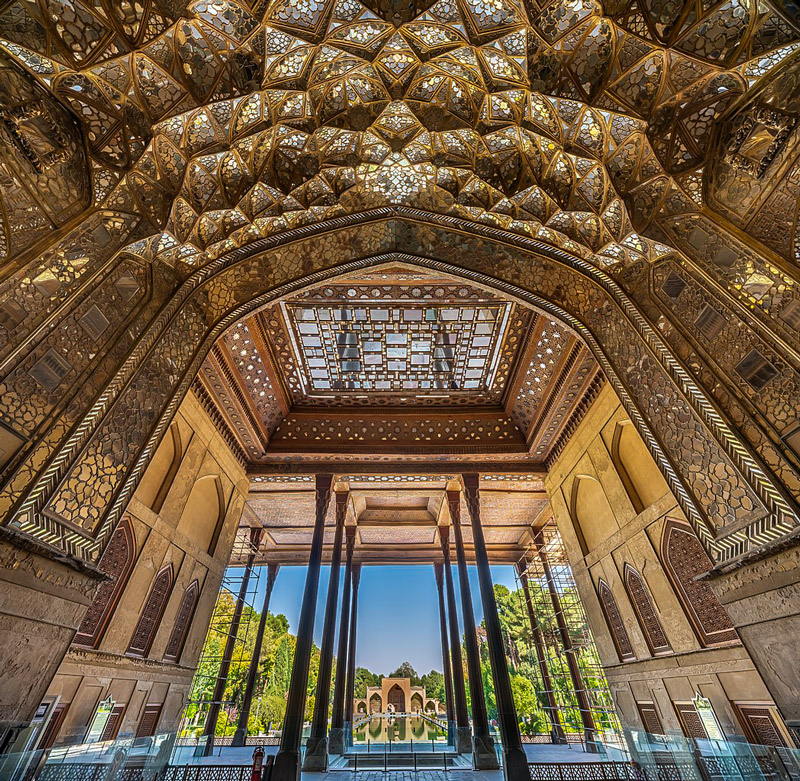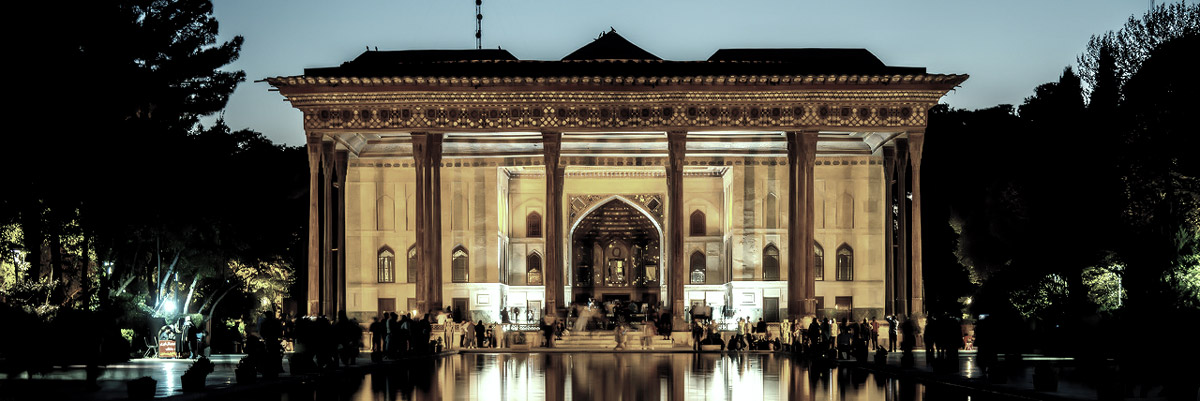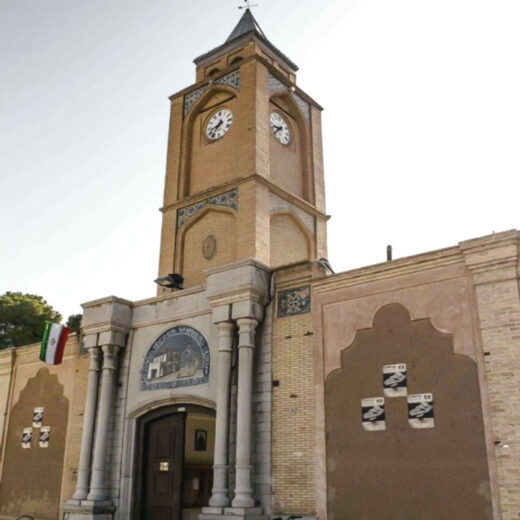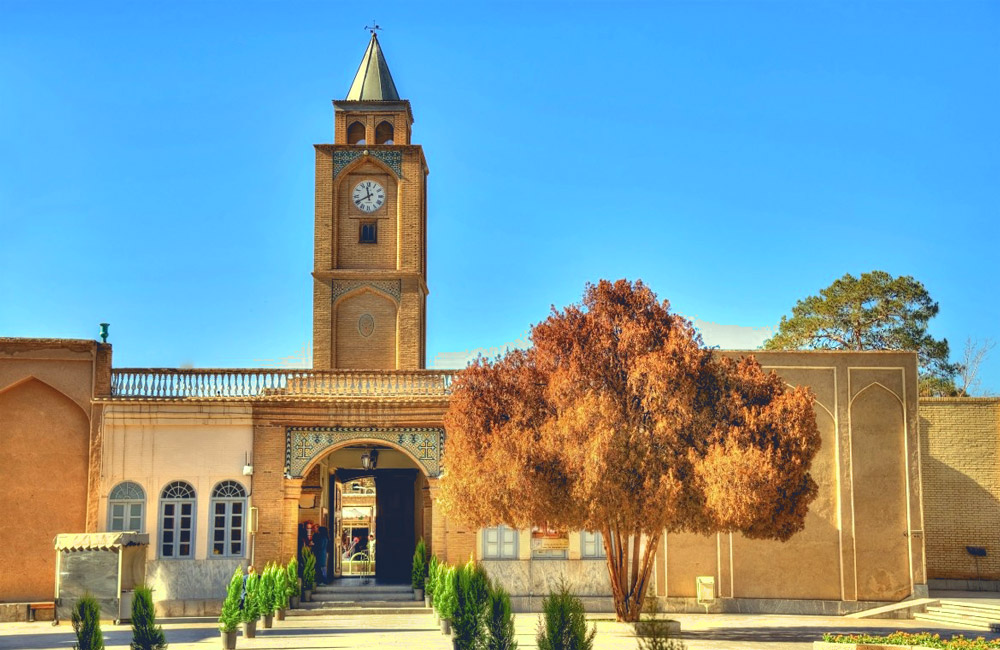Isfahan Chehelsotoon Palace, A Unique Art from The Safavid Dynasty Era
Chehelsotoon Palace of Isfahan, A Unique Art from The Safavid Dynasty Era

Isfahan is the city of turquoise domes, one of the cities of Iran that captures the heart of every tourist with the presence of many historical buildings, .
There are few people who have not heard the name of Chehelsotoon Palace in Isfahan. Every tourist or traveler who travels to the city of Isfahan does not miss the opportunity to visit this magnificent palace from the Safavid Dynasty era.
As one of the royal gardens of the Safavid era, Isfahan Chehelsotoon Palace, is located in the south of today Sepah Street and west of Isfahan Naqsh-e Jahan Square, right on the Ostandari Street.
A lot of beauty and grandeur has been used in the design of Chehelsotoon mansion. Chehelsotoon has 3 entrances, after traveling a not so long pathway, the main entrance leads to a large swimming pool in front of the main Chehelsotoon mansion. This pathway to Chehelsotoon palace is decorated with beautiful trees. Different types of sycamore, pine, juniper, elm and black maple trees in the gardens of the Isfahan Cheelsotoon Palace have doubled its beauty and magnificence.
Isfahan Chehelsotoon Palace , also called Chehelsotoon Museum Garden, which is one of the sightseeing places of Isfahan, has become one of the unique palaces of Iran with its long history and eye-catching architecture.

Isfahan Chehelsotoon Palace was built during the time of Shah Abbas and when Isfahan, the city of turquoise domes, was the capital. Chehelsotoon, was in fact a connecting passage way between Chaharbagh Street and Naqsh-e Jahan Square, where a Kushki mansion was built to welcome Iranian and foreign guests. The newly established mansion of Shah Abbas II was decorated with works of great artists such as mirror work, tile work, muqarnas, and miniatures. Until today, it has become one of the most beautiful ancient works of Iran.

In the middle of the 17th century, during the reign of Shah Abbas II, the Kushki mansion was expanded and many halls such as the mirror hall, the 18-column hall and large rooms on the first floor were added to it.
The architecture of Chehelsotoon Palace is a combination of Iranian, European and Chinese style. Chehelsotoon has a main porch with a height of 14 meters, length of 38 meters and width of 17 meters. Long octagonal columns made of plantain and pine have doubled the beauty of Chehelsotoon porch.
The four central columns of the magnificent porch of Chehelsotoon Palace are placed on stone lions, which in the past poured water from the mouths of the lions into the beautiful marble pool of the hall.
The porch roof of Chehelsotoon mansion is made of wooden frame and in different geometric shapes.

One of the most important parts of the Chehelsotoon mansion is called the main hall. This hall is decorated with spectacular paintings as well as inlaid windows and a beautiful ceiling.
The paintings on the ceiling of the main hall of Chehelsotoon are a beautiful example of Isfahan school painting in the 17th and 18th centuries. The technique of these paintings is generally tempera and oil paint.
The painting of Shah Abbas I, the beautiful miniatures in the treasure room and the paintings of the Safavid kings in the King’s Hall are among the other sights of the Chehelsotoon mansion.
Each room in Chehelsotoon building tells a unique story. From old walls to detailed decorations, every detail seen in the rooms reflects the history and culture of the past.

Chehelsotoon Mansion is a symbol of the beauty and history of Isfahan. By visiting this cultural building, you will enter a world of Iranian beauty, art, and history. As a friendly and peaceful place, we recommend visiting Isfahan Chehelsotoon Mansion to all lovers of travel and history.








